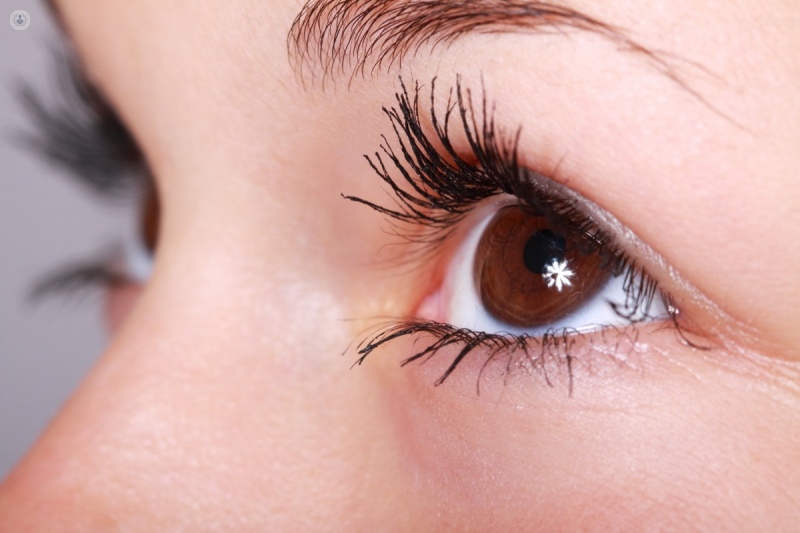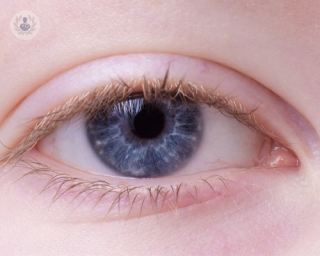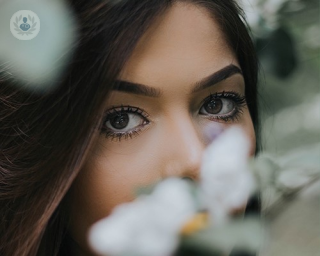Chalazion
Miss Vickie Lee - Ophthalmology
Created on: 05-26-2017
Updated on: 09-27-2023
Edited by: Kate Forristal
What is a chalazion?
A chalazion is a benign, painless bump or nodule that forms on the upper or lower eyelid when a meibomian gland becomes blocked. Meibomian glands are oil-producing glands located in the eyelids, and they secrete oils that help lubricate the surface of the eye and prevent the tears from evaporating too quickly. When one of these glands becomes blocked, it can lead to the accumulation of oil, inflammation, and the formation of a chalazion. Chalazion are typically characterised by:
Swelling: A chalazion can cause noticeable swelling on the eyelid, usually appearing as a small, painless lump or bump.
Redness: The affected area may become red or irritated.
Tenderness: Unlike a stye (a similar-looking eyelid bump caused by a bacterial infection), a chalazion is usually not painful.
Blurred vision: In some cases, if the chalazion becomes large enough or causes distortion of the eyelid, it may temporarily affect vision.

Conservative treatments
You can often help treat a chalazion yourself with heat compression treatment. This involves soaking a cotton wool pad in hot water and gently pressing it against your eyelid, taking care not to get hot water in your eye. The pressure and heat can sometimes cause the chalazion to release its content.
If this hasn’t worked, your ophthalmologist can prescribe you antibiotics to reduce any inflammation.
Surgical treatment
If the treatments above haven’t worked, surgery may be required.
Surgery to remove chalazion is quick and can be carried out at an eye clinic. You’ll be asked to lie down on a couch and you will be given eye drops to numb the area around your eye. The surgeon will then make a very small incision to remove the chalazion from the eyelid.
After the procedure your eye will be bruised for a few days, and you’ll need to take antibiotic ointments a few times throughout the day to make sure that the eye doesn’t become infected. The risks of complications from surgery are very low and any complications that do occur will be minor.
















